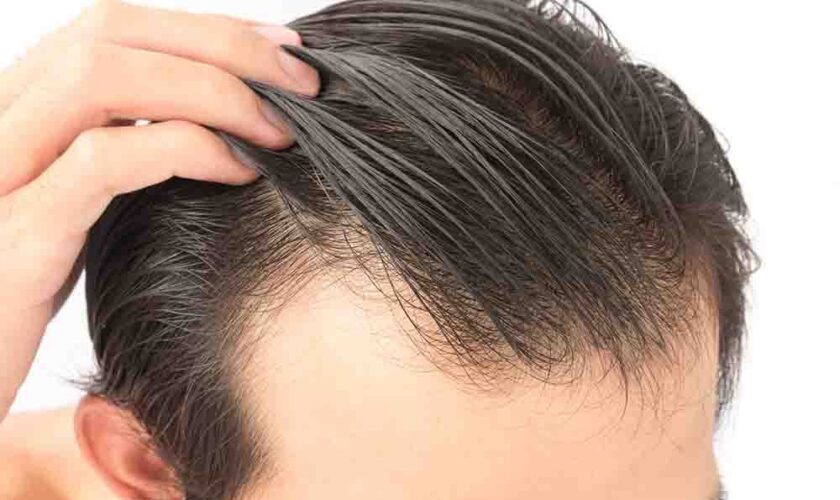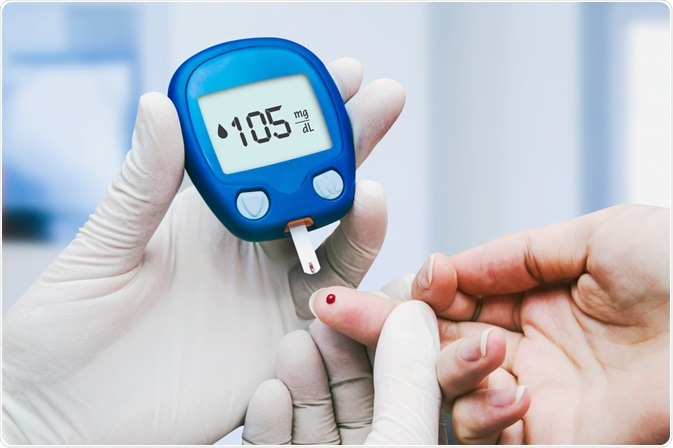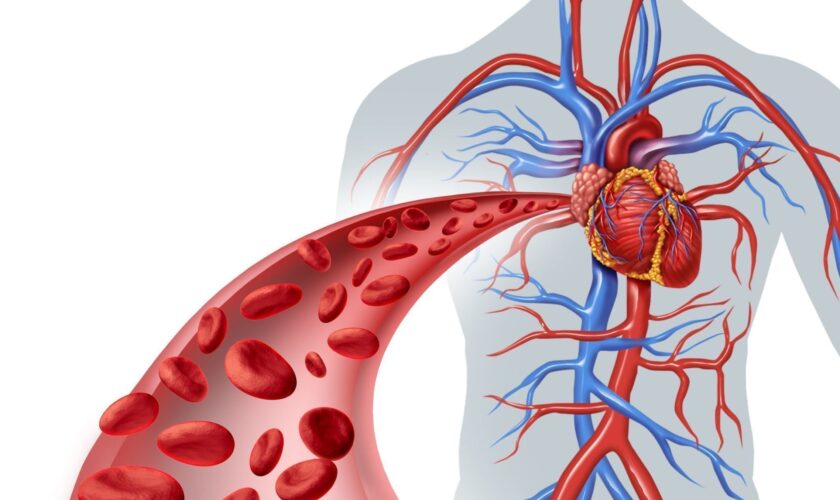Although most women dread having saggy breasts, this is a natural cosmetic change that will happen sooner or later. There are many reasons why saggy breasts occur, and understanding what causes this condition is the first step towards preventing or slowing its occurrence. However, if you are unhappy with the state of your breasts, you can always consider a breast lift in Fort Worth to rejuvenate their condition.
What are the causes of saggy breasts?
Although gravity makes many things possible, this force causes breasts to sag over time. For this reason, aging is the leading cause of saggy breasts because gravity pulls the breasts downwards, causing specific ligaments to stretch. Other factors increase your risk of developing sagginess in the breasts, including:
- Estrogen and collagen deficiency
- Simultaneous rapid weight loss and weight gain
- Menopause
- Multiple pregnancies
Common misconceptions about saggy breasts occur due to not wearing a bra or breastfeeding.
How can you prevent saggy breasts?
Although you cannot fully control the fate of your breasts, there are specific things that you can implement that will slow down the rate at which the sagginess appears.
- Manage your weight
Due to changing beauty standards, many women try to lose or gain weight to fit in. It would be best to appreciate the different body types and manage your weight on a healthy level. Do not try to gain weight rapidly, only to lose it after a short period, because this will negatively affect your breasts and cause them to sag.
- Find a bra that comfortably and perfectly fits
You must constantly update your bras, especially when they do not offer the right fit. Molded cups are a must-have for sports bras because they limit breast motion. If you struggle to find a bra that perfectly fits you, it is better to go braless because the wrong bra size can do more damage.
- Quit smoking
If you want to look more youthful, avoid smoking because this habit destroys elastin, an essential protein that maintains skin suppleness, thus speeding up the aging process.
- Consider family planning
Although most people assume breastfeeding causes saggy breasts, this is not true. Multiple pregnancies are what affect how your breasts will look over time. The hormonal changes that occur during pregnancy cause the milk ducts in the breasts to shrink and expand simultaneously, a process that can cause tissues to sag. Moreover, weight changes occur rapidly during pregnancy, thus causing the breasts to sag. If you dread saggy breasts, consider family planning to avoid multiple pregnancies.
- Surgery
Although this is the most expensive option, a surgical procedure like breast lift will guarantee dramatic results. Surgeons may use techniques like inserting breast implants to help increase the size of breasts. Sculpting is necessary to improve the shape. Overall, a breast lift procedure results will leave your breasts looking supple and youthful. It is essential to find the right provider to reduce complications associated with the process and ensure that you achieve the desired results. Contact Polavarapu Plastic Surgery, PLLC, to consult with a specialist about the different techniques available that will improve the appearance of your breasts and enhance your femininity.







